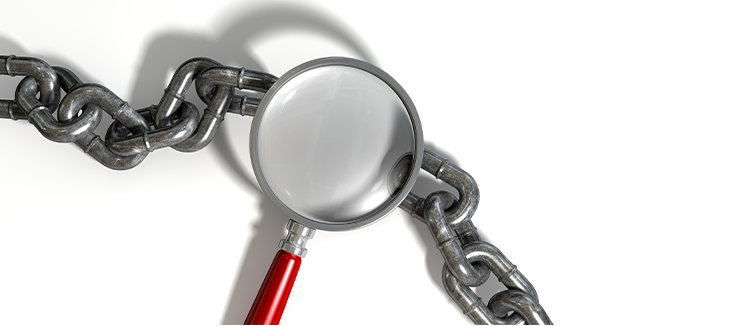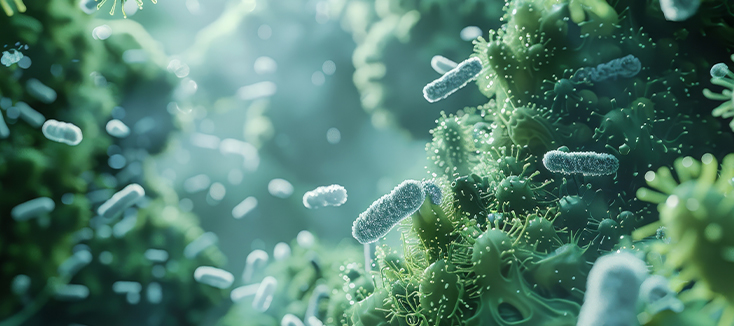Reprocessing TEE ultrasound probes is a lot of work. First there’s pre-cleaning, transportation, then is the process of cleaning, high-level disinfection, and rinsing; there are so many important steps required to complete each one of those stages properly. From beginning to end, the whole process can actually take up a couple of hours. Once the probe has been high-level disinfected and rinsed, some believe all the hard work is finally over, but they are wrong.
At this stage in the process, you can either maintain the high-level disinfection that has been achieved or you can throw it all away in one simple swipe.
Drying the probe once it has been high-level disinfected and rinsed is vitally important. What many forget is that what they dry the probe’s shaft with can be just as important as their drying technique. There are three reasons you should be drying TEE probes with CS Medical’s QwikDry Ultrasound Probe Drying Cloths before putting them away for storage.
1. Cleanliness
Something that sets QwikDry cloths apart from other possible drying options is that QwikDry cloths are gamma-irradiated. This does not mean that QwikDry cloths will swell up and turn green if they develop a temper. Gamma irradiation is explained well by Dr. Mario Finkiel, Ph.D.: “Energy of gamma rays passes through the equipment, disrupting the pathogens that cause contamination. These changes at the molecular level cause the death of contaminating organisms or render such organisms incapable of reproduction.” This means that each QwikDry cloth has had all the bacteria on it eliminated. As a result, QwikDry cloths will not be a source of contamination and will ensure that all the effort put into high-level disinfection will not go to waste. If a probe has been properly reprocessed, QwikDry cloths will help keep it that way. Paper towels, gauze, and sponges are not typically single-use and gamma-irradiated; as a result, these pose a higher risk of introducing bacteria to a recently reprocessed TEE probe. This means that the hard work put in by staff to high-level disinfect a probe could go right out the window at the very last moment as a bacteria-laden paper towel is swiped over the once-clean shaft.
2. Particulate-free
Have you ever had to wipe something perfectly clean, like a window, glasses, or a screen? There are few things quite as infuriating as those little specks of lint or those tiny fibers left behind by paper towels or cotton cloths. When you dry a TEE probe after rinsing it, if you use paper towels, gauze, or most other cloths, you will find that they leave behind bits of lint and fibers on the shaft of the probe. Considering that the probe is intended to go into a person’s body, it would be ideal to leave the shaft particulate-free. QwikDry cloths are particulate-free, so when a probe is dried with a QwikDry cloth, the next patient will not be left with tiny paper towel fibers down their throat.
3. Ultra-smooth
QwikDry cloths have a super absorbent matrix and ultra-smooth textured surface that effectively removes moisture and slides freely over the ultrasound probe insertion tube. This makes drying the shaft a quick and easy procedure.
The smooth surface also ensures that the delicate probe shaft is not scratched. Tiny scratches in the shaft can result in nearly invisible grooves where bacteria can hide, multiply, and develop into a biofilm which is nearly impossible to remove. This then poses a threat to patients who may be exposed to this bacteria.
Instead of settling for a particle-filled, rough, and possibly bacteria-laden alternative, use QwikDry on your next TEE probe and reduce the risk of damage to your probes and infection to your patients.


